Can you drink the difference between shallow, medium and deep coffee beans? coffee roasting is introduced to different degrees.
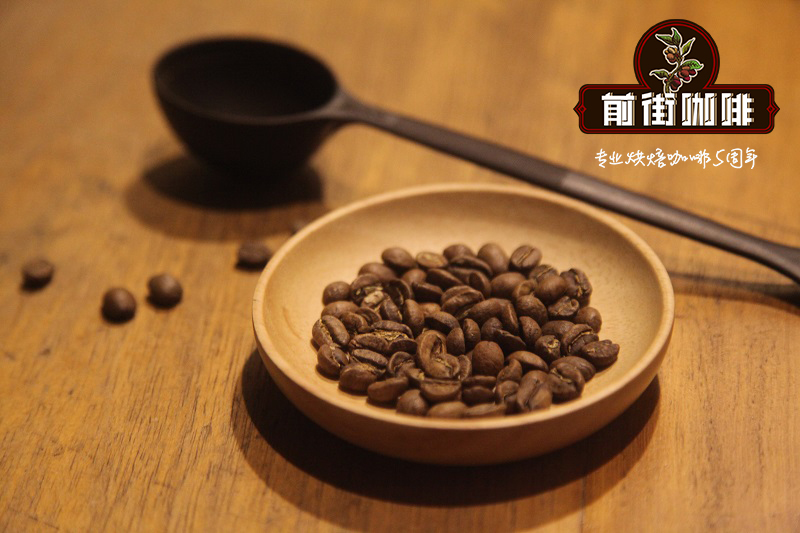
Professional coffee knowledge exchange more coffee bean information please follow the coffee workshop (Wechat official account cafe_style)
Qianjie Coffee feels that the roasting of coffee beans directly determines the aroma of coffee beans. If the coffee is not roasted well, even if the raw coffee beans are very good, you can't get good ripe coffee beans; as a result, you can't make good coffee. Qianjie coffee generally takes different baking curves according to different coffee beans, and then carries out a cup test to select the most suitable baking curve of that coffee bean.
1. Definition of baking
The so-called coffee roasting (coffee roasting) refers to the process that through heating the raw beans, a series of physical and chemical reactions take place inside and outside of the coffee beans, and in this process, the sour, bitter, sweet and other flavors of the coffee are formed, forming mellowness and hue, and transforming the raw beans into dark brown beans.
2. The importance of baking
Among the factors affecting the taste of a cup of coffee, raw beans account for 60%, roasting accounts for 30%, and extraction accounts for 10%. Good roasting can maximize the personality of raw beans and minimize the occurrence of defective flavors. on the contrary, improper roasting will completely destroy good beans. As the heating, time, and temperature control in the baking process is very difficult to grasp, baking technology is a very complex technology, so the importance of baking is more prominent.
Baking degree
From the point of view of the baking degree, the deeper the baking degree, the stronger the bitter taste; the lighter the baking degree, the stronger the sour taste. The choice of baking degree depends on the characteristics of the coffee bean itself. for coffee beans with strong bitterness and light sour taste, they generally choose a moderate and shallow roasting degree.
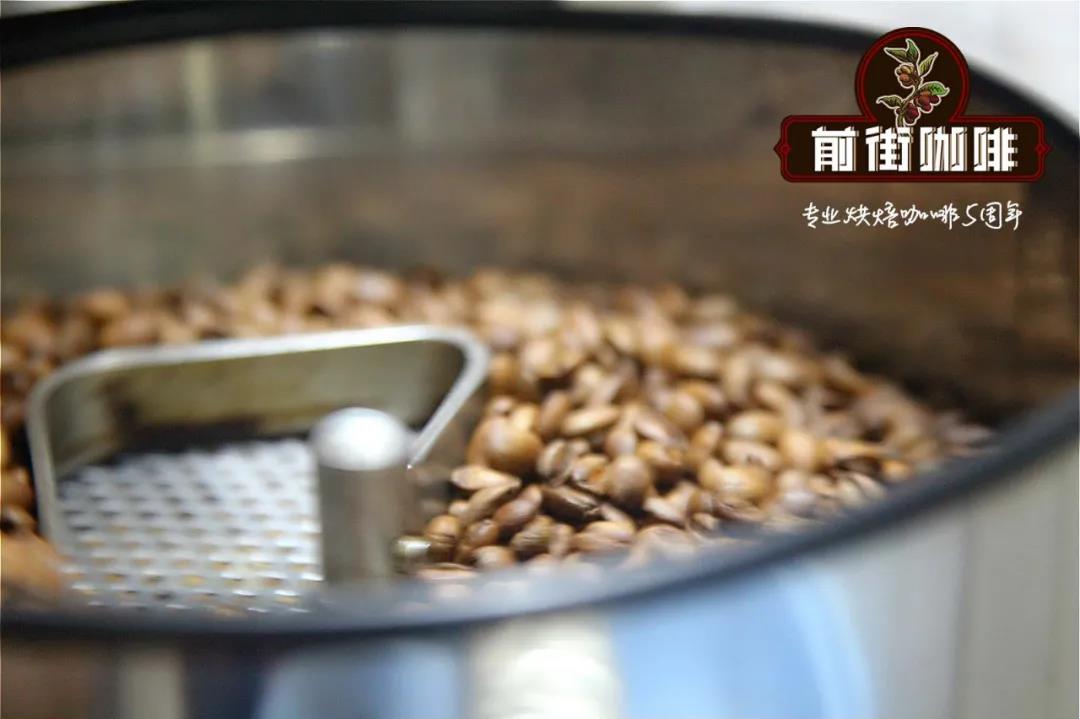
Why roast coffee beans?
After a variety of treatments, coffee cherries are equivalent to taking off layers of coats to form what we know as coffee raw beans, which have to be roasted at high temperature, that is, what we call roasting. Stimulate its aroma and a variety of sweet and sour taste, and finally reach our hands.
To stimulate the production of various ingredients of raw coffee beans is actually a series of chemical reactions. As a result of these chemical reactions, aroma, sour taste, sweetness and bitterness are produced one after another, and the proportion of each component is different, which directly leads to the different flavor of the final coffee bean. The main chemical reactions in the baking process are Mena reaction and caramelization reaction.
[Mena reaction]
Mena reaction is the key to affect the flavor and color of coffee beans. At 150-200 ℃, carbonyl groups (from sugars) and amino groups (from amino acids and proteins) react to form flavor compounds. Hundreds of flavor compounds formed by Mena reaction come together to form the unique flavor of coffee beans.
[caramelization]
Starting from 170-200 °C, the carbohydrates in coffee beans begin to undergo caramelization, dehydration and degradation, and browning, which darkens the color of coffee beans and releases aromatic and acidic compounds.
It can be seen that the aroma formation and color change of coffee beans are inseparable from Mena reaction and caramelization reaction. Among the factors that affect the taste of a cup of coffee, raw beans account for 60%, roasting accounts for 30%, and extraction accounts for 10%, so the importance of roasting is self-evident.
Coffee roasting degree
In the 1970s and 1990s, coffee culture was dominated by commercial coffee beans, which contained more or less Robusta varieties and were more or less defective in flavor presentation. In order to reduce this sense of defect, deep baking was widely used. if you use light or medium roasting, it is easy to drink the defective flavor of coffee.
But now the coffee culture has gone in the direction of boutique coffee, which is what we often call the third wave of coffee culture, which will promote the flavor with clean taste and obvious sour sweetness. This trend in flavor has led to the popularity of light baking.
SCA, the American boutique coffee association, has developed a set of baking standards. There are a total of eight levels of baking, very shallow baking, medium baking, medium and deep baking, deep baking, heavy baking, and extreme deep baking.
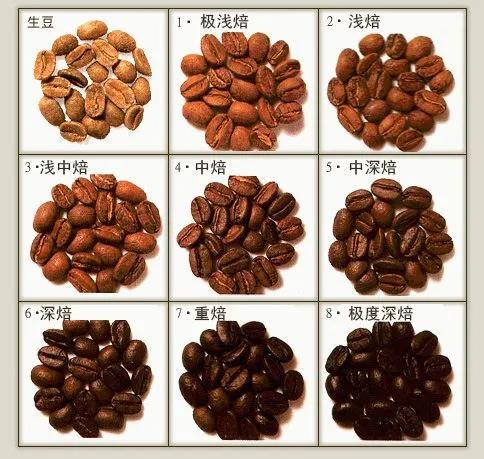
1. Shallow baking (Light)
The most mild fried culture, no fragrance and concentration to speak of, the beans are not yet ripe, with the green taste of raw beans, not suitable for grinding and drinking. It's usually used as an experiment.
2. Deep shallow baking (Cinnamon)
Also known as cinnamon baking, for the general popular degree of frying, leaving a strong sour taste. The color of beans is quite similar to that of cinnamon, so it is also called cinnamon baking and its sour taste is aggravated. It is favored by people in the western United States.
3. Shallow medium baking (Media)
The color deepens, easy to extract the original taste of coffee beans, mellow, sour and delicious.
4. Medium baking (High)
Coffee has a stronger flavor and a lighter sour taste, which is the general roasting method of coffee beans. The sour taste is neutralized and bitter, suitable for coffee such as Blue Mountain and Kilimanjaro. It is loved by Japanese and Nordic people.
5. Deep medium baking (City)
Also known as city baking, bitter taste is stronger than sour taste, almost no sour taste, unique flavor. Coffee suitable for Colombia and Brazil is very popular in New York.
6. Normal baking (Full City)
Also known as city-wide baking, suitable for brewing iced coffee. No sour taste, mainly bitter taste, bitterness will be aggravated, but high-quality beans will have sweet taste. It is used for iced coffee and is preferred by people in Central and South America.
7. French baking (French)
French coffee roasting method, slightly black color, strong bitter taste, but also ooze oil, bitterness and concentration are deepened. Coffee used for steam pressurizer.
8. Deep baking (Italian)
Also known as Italian baking, the deepest baking degree, the beans are black and bright, the surface is oozing oil, the bitterness is very strong. At this stage, coffee beans have been seriously carbonized, and it is difficult to distinguish the taste of one kind of coffee bean from another. For Italian steam pressurized coffee.
There are three common baking degrees on the market: light baking, moderate baking and deep baking.
Shallow baking: rich fruit tonality, with sweet and sour flowers and fruit aroma, can feel strong acidity.
Medium baking: nutty, mainly aromas of caramel, cocoa and malt.
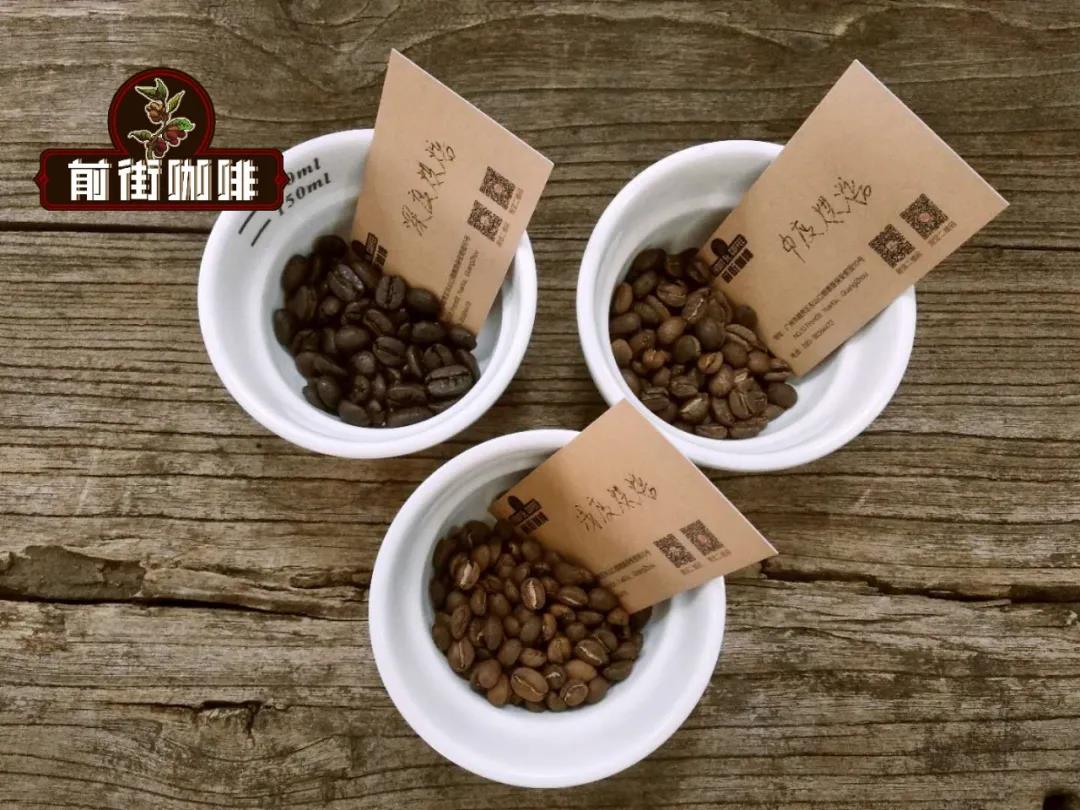
Deep Roast: With a hint of chocolate bitterness, low acidity, caramel aroma, spicy, woody, charcoal flavor.
light baking
When it comes to lightly roasted coffee beans, the first impression is Ethiopia's yejia sherfie. Lightly roasted yejia sherfie can obviously highlight its fruit tonality.
[Former Street Coffee Ye Jia Xue Fei Kong Jia Coffee Bean as an example]
producing areas
Yega Shefi
cooperatives
Konga Cooperative
altitude
1850-2050m
varieties
native species
approach
solarization
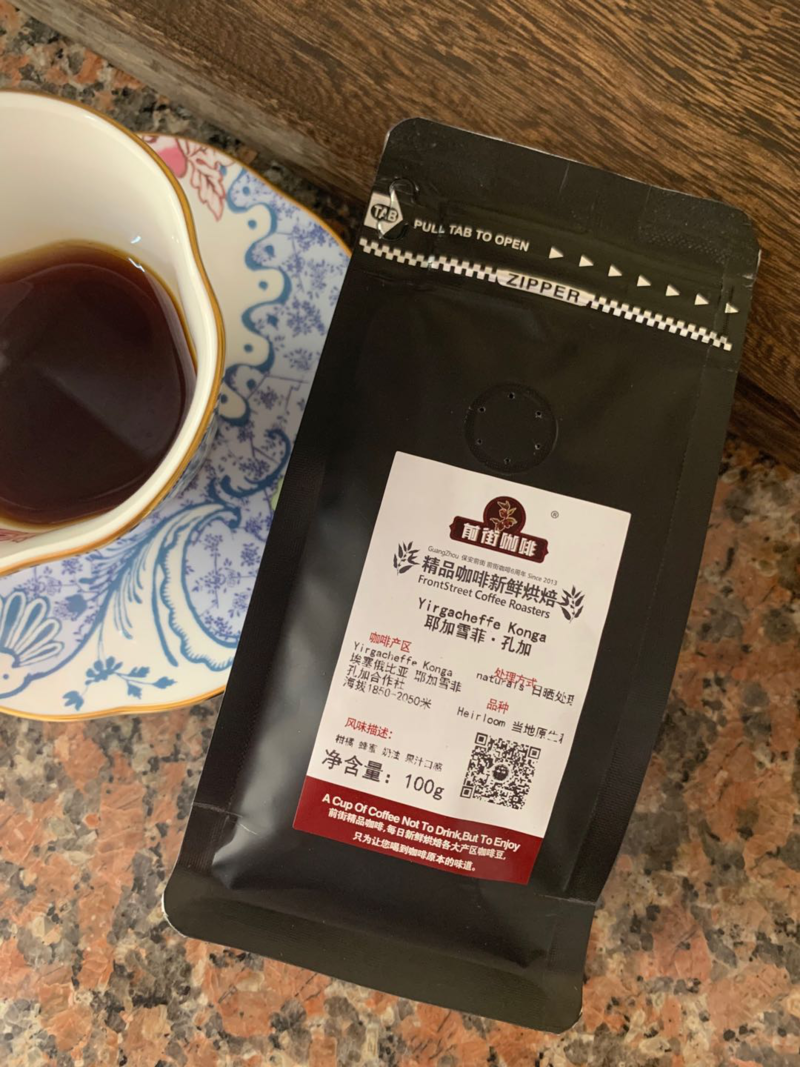
[suggestion on brewing coffee in Qianjie]
Filter cup
Hario V60
Water temperature
90 ℃
Powder quantity
15 grams
Powder-water ratio
1:15
Grinding degree
Medium and fine grinding (BG#6S)
[Qianjie coffee brewing technique]
Segmented extraction
Steam with 30 grams of water for 30 seconds, small water flow around the circle to 125 grams for sectional injection, water level drop is about to expose the powder bed, continue to inject water to 225 grams to stop injection, and so on when the water level drop is about to expose the powder bed, remove the filter cup, (steaming starts timing) the extraction time is 2 minutes 39 percent 00 ".
[flavor description]
The taste of berries, cream, honey, citrus and juice is bright and sour.
Medium baking
Moderately roasted coffee beans are designed not only to retain some of its sweet and sour senses, but also to bring out its nutty flavor. In the cooking process, the grinding degree which is thicker than shallow baking will be used, and the water temperature will be lowered appropriately.
Generally speaking, the higher the degree of roasting, the looser the quality of the coffee beans will be (the substances will be released continuously during the roasting process), and they will also absorb more water. In order to prevent miscellaneous flavors such as coke and bitterness from being extracted, the grindness and water temperature of the coffee beans will be adjusted accordingly when brewing.
[former Street Coffee Brazilian Queen Manor Coffee beans as an example]
Producing area
Morgiana, Sao Paulo State
Manor
Queen's Manor
Altitude
1400-1950m
Variety
Yellow bourbon
Treatment method
Sun treatment
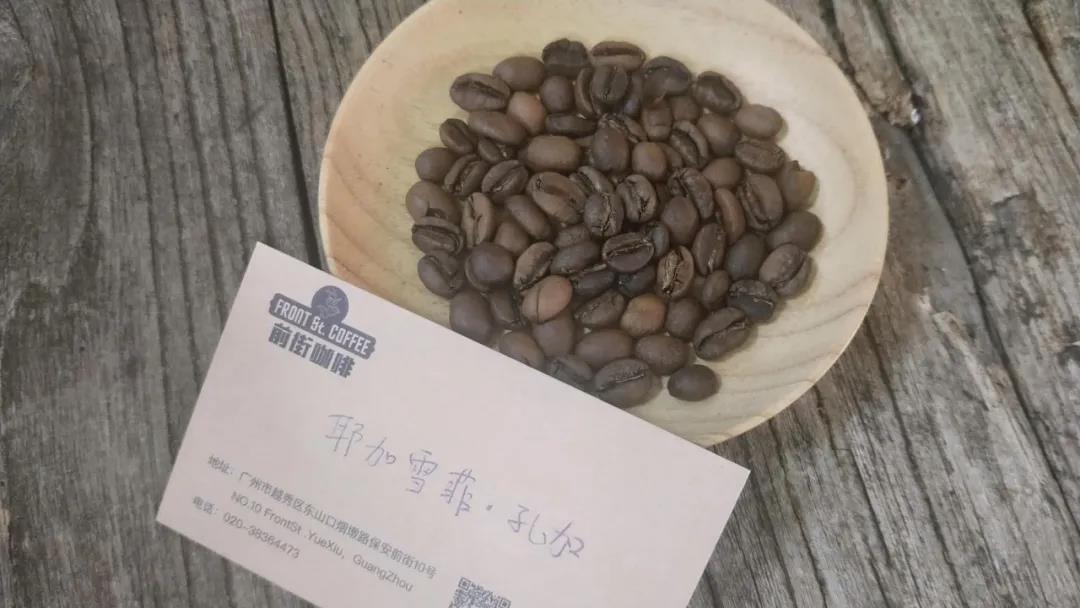
[suggestion on brewing coffee in Qianjie]
Filter cup
Kono
Water temperature
88 ℃
Powder quantity
15 grams
Powder-water ratio
1:15
Grinding degree
Medium and fine grinding (BG#6W)
* the reason for choosing the Kono filter cup: the Kono filter cup has few ribs and is located at the low end, and the filter paper is attached to the filter cup, which can limit the airflow to increase the contact time between water and coffee powder, so that the coffee powder can be fully extracted and enhance the mellow taste.

[Qianjie coffee brewing technique]
Segmented extraction
Steam with 30 grams of water for 30 seconds, small water flow around the circle to 125 grams for sectional injection, water level drop is about to expose the powder bed, continue to inject water to 225 grams to stop injection, and so on when the water level drop is about to expose the powder bed, remove the filter cup, (steaming starts timing) the extraction time is 2 minutes 39 percent 00 ".
[flavor description]
Taste with obvious sweetness, with a hint of lemon aroma, with a strong nutty flavor, the latter part of the performance has an obvious dark chocolate flavor, the overall feeling is more round.
Deep baking
Deep-baked coffee beans are designed to highlight their rich chocolate flavor. In the process of cooking, the degree of grinding which is thicker than shallow baking will also be used, and the water temperature will be lowered appropriately.
[former Street Coffee Indonesia Gold Manning Coffee beans as an example]
Producing area
Sumatra
Company
PWN
Altitude
1100-1600m
Variety
Iron pickup
Treatment method
Wet planing method
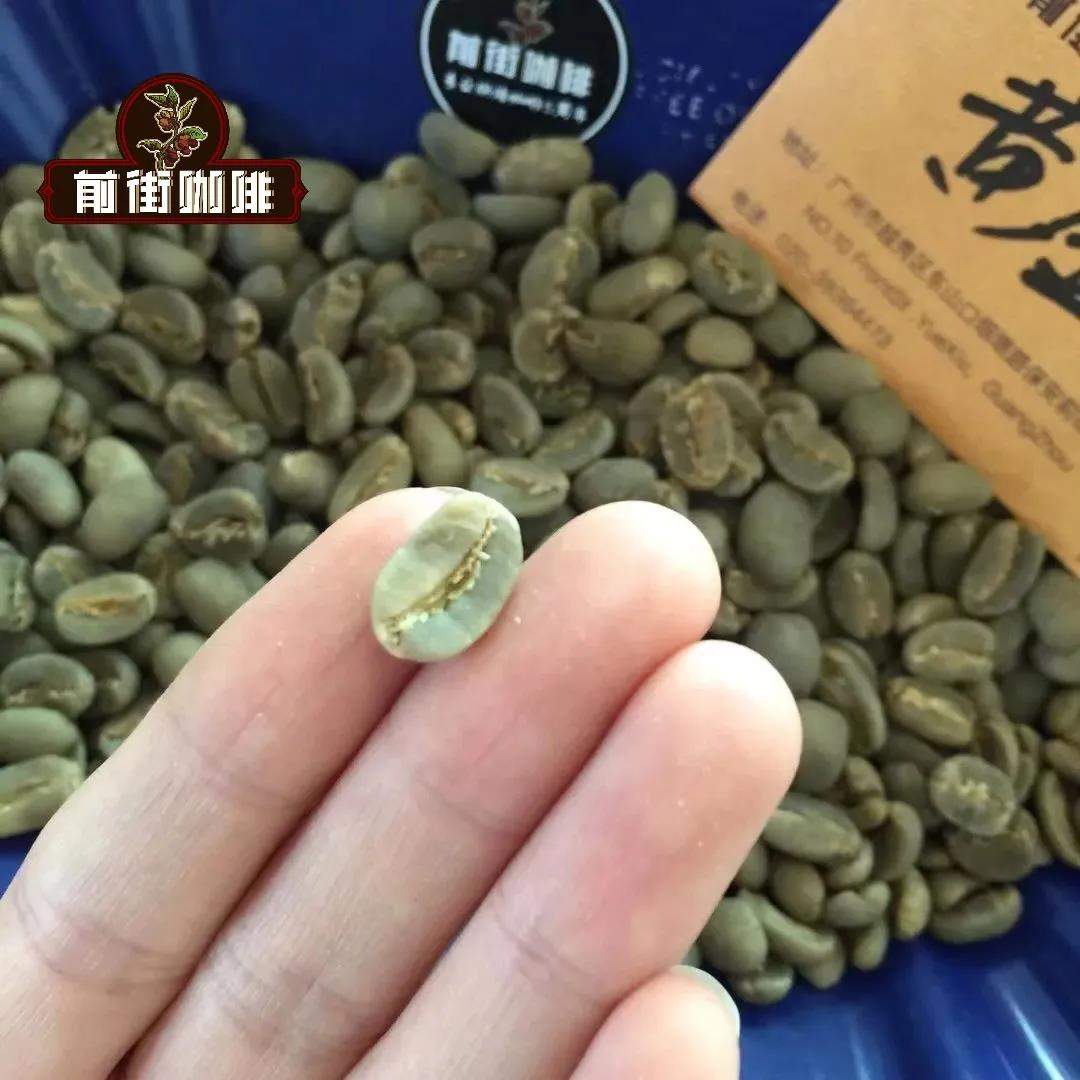
[suggestion on brewing coffee in Qianjie]
Filter cup
Kono
Water temperature
88 ℃
Powder quantity
15 grams
Powder-water ratio
1:15
Grinding degree
Medium and fine grinding (BG#6W)
* the reason for choosing the Kono filter cup: the Kono filter cup has few ribs and is located at the low end, and the filter paper is attached to the filter cup, which can limit the airflow to increase the contact time between water and coffee powder, so that the coffee powder can be fully extracted and enhance the mellow taste.
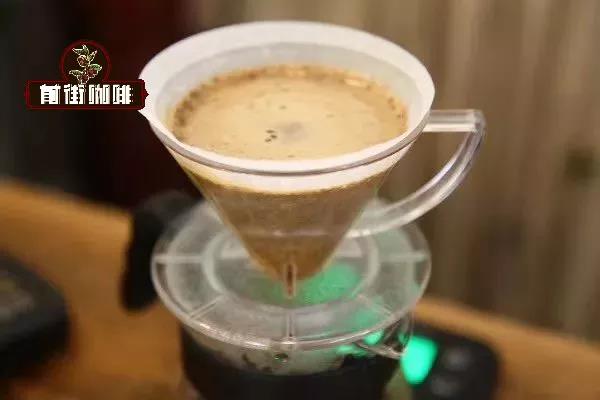
[Qianjie coffee brewing technique]
Segmented extraction
Steam with 30 grams of water for 30 seconds, small water flow around the circle to 125 grams for sectional injection, water level drop is about to expose the powder bed, continue to inject water to 225 grams to stop injection, and so on when the water level drop is about to expose the powder bed, remove the filter cup, (steaming starts timing) the extraction time is 2 minutes 39 percent 00 ".
[flavor description]
The layers are changeable, mellow and clean, with a high sense of balance, strong woody aromas, intense aromas of malt and caramel, with fruity aromas and a long finish.
For more boutique coffee beans, please add private Qianjie coffee on Wechat. WeChat account: kaixinguoguo0925
Important Notice :
前街咖啡 FrontStreet Coffee has moved to new addredd:
FrontStreet Coffee Address: 315,Donghua East Road,GuangZhou
Tel:020 38364473
- Prev
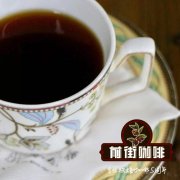
Introduction to the types and bitterness of coffee beans recommended cooking methods for single coffee beans without acid
Professional coffee knowledge exchange more coffee bean information please follow the coffee workshop (Wechat official account cafe_style) Blue Mountain Coffee: producing country (Jamaica) Blue Mountain Coffee is located in the tropical island of the Caribbean-Jamaica, produced in Jamaica's Blue Mountains above 2500 feet above sea level, black and fertile soil, moderate temperature, abundant rainfall, appropriate sunshine
- Next

Why espresso doesn't taste good? The reason why espresso is too sour and bitter
Professional coffee knowledge exchange more coffee bean information please pay attention to the coffee workshop (Wechat official account cafe_style) why espresso is not good? The reason why espresso is too sour and bitter in the espresso extraction process, when the water chooses to gather in pressed powder to pass through, this place is called the channel. The result of producing the channel usually gets a cup.
Related
- Beginners will see the "Coffee pull flower" guide!
- What is the difference between ice blog purified milk and ordinary milk coffee?
- Why is the Philippines the largest producer of crops in Liberia?
- For coffee extraction, should the fine powder be retained?
- How does extracted espresso fill pressed powder? How much strength does it take to press the powder?
- How to make jasmine cold extract coffee? Is the jasmine + latte good?
- Will this little toy really make the coffee taste better? How does Lily Drip affect coffee extraction?
- Will the action of slapping the filter cup also affect coffee extraction?
- What's the difference between powder-to-water ratio and powder-to-liquid ratio?
- What is the Ethiopian local species? What does it have to do with Heirloom native species?

